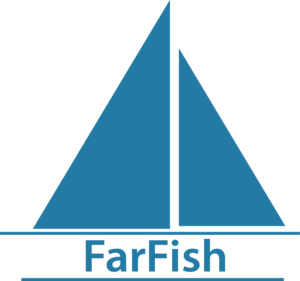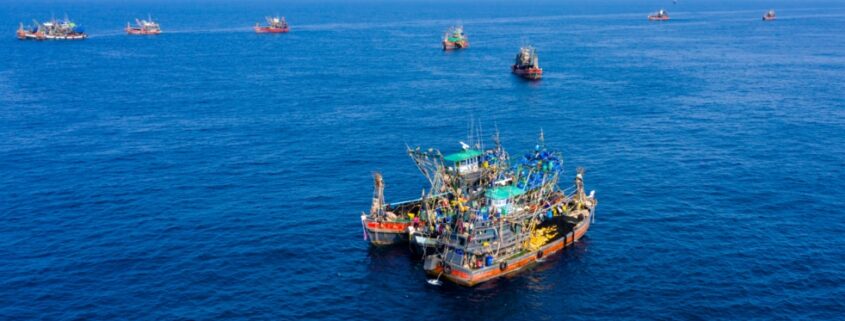Considerations on art.25 of the proposal for amendment of European Parliament Regulation N.1224/2009 CCTV control system in fishing
This news piece represents the second of seven summaries of the essays written by participants of the FarFish course Marine Management and Innovation. Once a month we will publish an essay summary that will highlight interesting views and reflections. The intention behind this is to present interesting cases on marine management from around the world.
The monitoring of fishing activities and the fight against regulatory infringements aim to ensure sound enforcement of regulations. Member States, the Commission and fishing operators are all responsible for making sure compliance takes place. Member States that do not comply with these rules are punishable under the infringement procedure. Currently, the EU fisheries control system makes extensive use of modern technologies to ensure that fishing fleets are effectively monitored and controlled. The control system improves access to good quality fishing data and allows for crosschecking of information from different sources such as: Electronic data recording and transmission system (ERS), Vessel Monitoring System (VMS), Vessel Tracking System (VDS) and Automatic Identification System (AIS).
Currently, 31% of global fish stocks are overexploited, while 61% are exploited at maximum capacity. Overfishing represents one of the most serious threats to the sustainability of our seas and the species that populate them. A reason for this alarming state is the continuous use of unsustainable fishing practices, also called illegal, unreported, and unregulated (IUU) fishing. To deal with IUU fishing, monitoring, controlling and surveillance (MCS) is necessary. Article 15 of the Common Fisheries Policy (CFP) states that Member States shall ensure detailed and accurate documentation of all fishing trips and adequate means of verification, such as observers, closed-circuit television (CCTV) or other methodologies. In many fisheries around the world, the use of Remote Electronic Monitoring (REM) systems are being tested, and in some countries, REM systems are implemented as a tool for management of fisheries. A REM system acquires data and video footage using GPS, sensors, and CCTV cameras. REM data is used as an independent system for documenting fishing activities and catches. The system was developed as an alternative to human observers at sea to provide observation 24/7, while significantly decreasing costs.
The implementation of current EU fisheries control regime occurred before the Common Fisheries Policy (CFP) reform, thus it is not entirely consistent with CFP. For this reason, amendments to regulation N.1224/2009, art.25 are now being proposed. Specifically, the proposal aims to: 1) remedy the shortcomings identified with respect to the CFP and other EU policies; 2) simplify the regulatory framework and reduce unnecessary administrative burdens; 3) improve availability, reliability and completeness of data and information on fishing, in particular catch data, and allow the exchange and sharing of information; and 4) eliminate obstacles that prevent the development of a culture of compliance with rules and fair treatment of operators between and within Member States.
There is a need for these amendments as there currently are struggles related to adequate control of the landing obligation (an obligation introduced in CFP). It is important that this obligation be imposed on all fishing vessels, regardless of size, tonnage and type of fishing, e.g. the absence of a reporting obligation regarding catches for fishing vessels below 10 meters in length has led to unreliable and incomplete data for this type of vessel.
A way to deal with this issue is to equip a specific percentage of fishing vessels with electronic surveillance control devices, such as CCTV cameras through use of the REM system. The CCTV system can be integrated with other electronic control devices (AIS, VMS, etc.) to obtain data. Through setting up fisheries control centres – whose function is to monitor fishing activities and fishing effort – Member States can utilize the REM system 24/7 without having to be on the vessel physically.
While this is an effective method, it is also important to consider the ethical side of such an intervention, which will more than likely limit the sense of freedom of the fishers and possibly violate the right to privacy. That is why video recordings should only cover the gear and parts of the vessel where the catch is processed, stored, and brought to land.
Overall, there is certainly no denying the need for the Member States to adopt and activate solutions aimed at ensuring effective controls of the landing obligation, even if – at least in the initial phase – it will only concern a small percentage of vessels.
Francesco Petta, a participant of the FarFish course Marine Management and innovation originally wrote the essay summarized here.
Photo: Shutterstock




